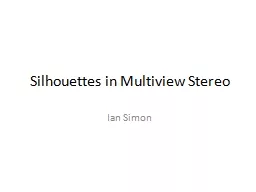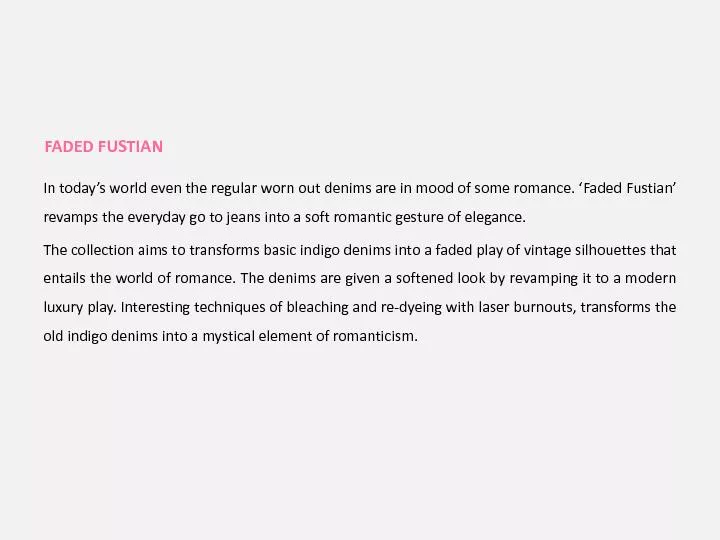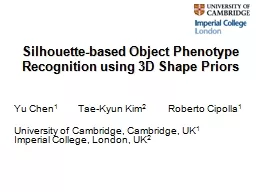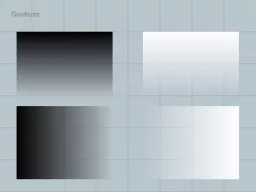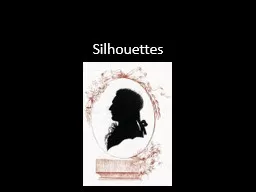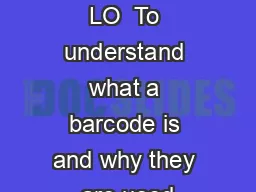PPT-Silhouettes in
Author : tawny-fly | Published Date : 2016-07-13
Multiview Stereo Ian Simon Multiview Stereo Problem Input a collection of images of a rigid object or scene camera parameters for each image Multiview Stereo Problem
Presentation Embed Code
Download Presentation
Download Presentation The PPT/PDF document "Silhouettes in" is the property of its rightful owner. Permission is granted to download and print the materials on this website for personal, non-commercial use only, and to display it on your personal computer provided you do not modify the materials and that you retain all copyright notices contained in the materials. By downloading content from our website, you accept the terms of this agreement.
Silhouettes in: Transcript
Download Rules Of Document
"Silhouettes in"The content belongs to its owner. You may download and print it for personal use, without modification, and keep all copyright notices. By downloading, you agree to these terms.
Related Documents

